Could you first introduce yourself to the reader?
My name is Dylan Gebbia-Richards I am from the state of Colorado in the USA. I am a multimedia artist, gardener and skier.
Describe your exhibition at Unit London in 3 words.
Immersive, tactile, fluid.
What is the premise of “Kinesthesia” and what inspired this artwork?
Kinesthesia is the sense where one’s body is in space. This sense specifically comes from the exact position of where our muscles are at any given time – not seeing, touching or any other physiological input. We all possess this sense and use it even if we are unaware of doing so. For example, when you wake up at night and navigate towards the light switch in your room, the reason you can do that successfully without seeing much at all is because of this kinesthetic sense.
I like this concept of kinesthesia as an entry point for the work in this show because it positions the viewer to think of artwork as more than just a product of visual thinking or conceptual thinking but thinking which is intuitive, and felt.
In our culture feeling is often the first thing to be dismissed, and often this is for good reason. Our first emotional reaction to things is at times flawed, illogical and can lead to dangerous actions, political policies or straight up fights. But equally true is the fact that we don’t get anywhere by ignoring our feelings. By dissecting our emotions or even celebrating them, in part by taking them less seriously, we can learn a lot about ourselves and get in touch with a deeper knowledge - an intelligence which cannot necessarily be described in words.
We all have kinesthesia, an awareness of our bodies in motion, digesting, running, walking in the dark. Knowing that, we can understand that each of us make some decisions based off nothing else than just a feeling. How I chose my colors and compose my landscape within my various mediums is based off feeling. And this is valid. Feeling and emotions are not nonsense but information, just like lines of code feeding into a computer algorithm are information.
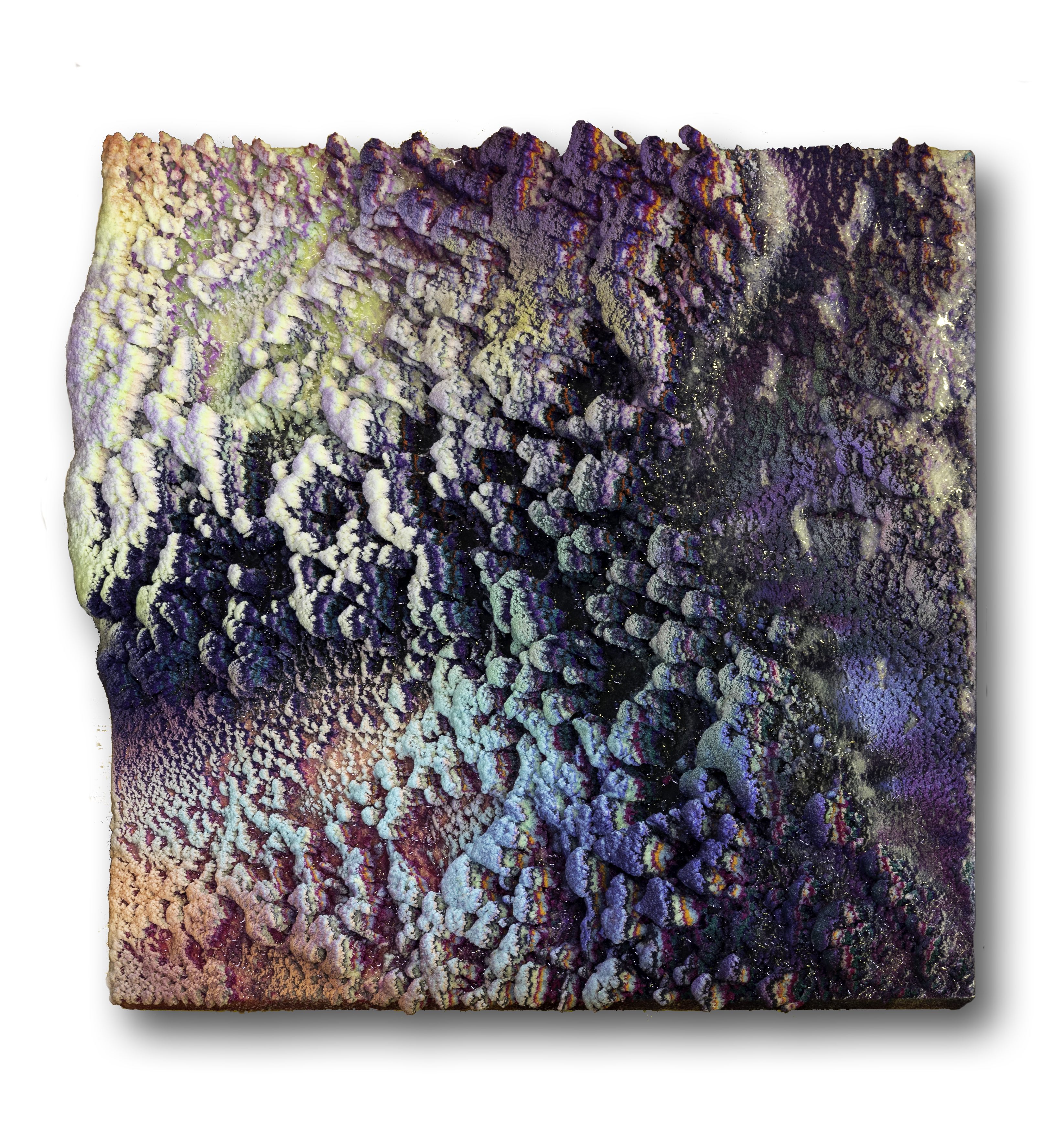
You have a spontaneous and complex creative process. Can you explain more?
I believe spontaneity doesn’t necessarily mean a lack of complexity. The big bang was a spontaneous event that gave birth to the infinite complexity of the known universe.
In our society though I believe complexity is most associated with the technical feats of science. In that sense my process is technical. I have engineered my process over the course of 4 years, both inventing original tools to make my work as well as hacking existing tools, altering them slightly to do what I need.
The spontaneity is how I actually paint. I move in an improvisational way while laying down pigment and wax. I feel what I am doing, much like how a dance happens, rather than strategise about what I am doing.
Did you face any particular challenges whilst creating this exhibition?
The new tool I created for this exhibition failed many times. It was often a panic and me being like, “What went wrong and how is this thing screwed now??!!?” That happened probably four times that I can remember.
My tools are powered in such a way that sometimes they actually explode. That definitely happened in at least one of those four times. But, over the course of about a month, I was able to iron out the kinks and after that, at least, with this new device it was smooth sailing.
What do you hope the impact of “Kinesthesia” will be?
I want people to have transcendent experiences with the work.
You studied Environmental Science and Art History at university. Have these subjects influenced your artistic work?
One hundred percent. Environmental Studies was in many ways more intense of a thing to study than Art History or anything else I have learned in school over my life. Humans are destroying the world’s ecosystems and in the course of working towards an Environmental Studies degree one learns all the specifics of how exactly we are going about that destruction and what the specific tragic consequences are.
Within all that though is a greater understanding of how the environment works, and that understanding of the environment is something I carry into my work.
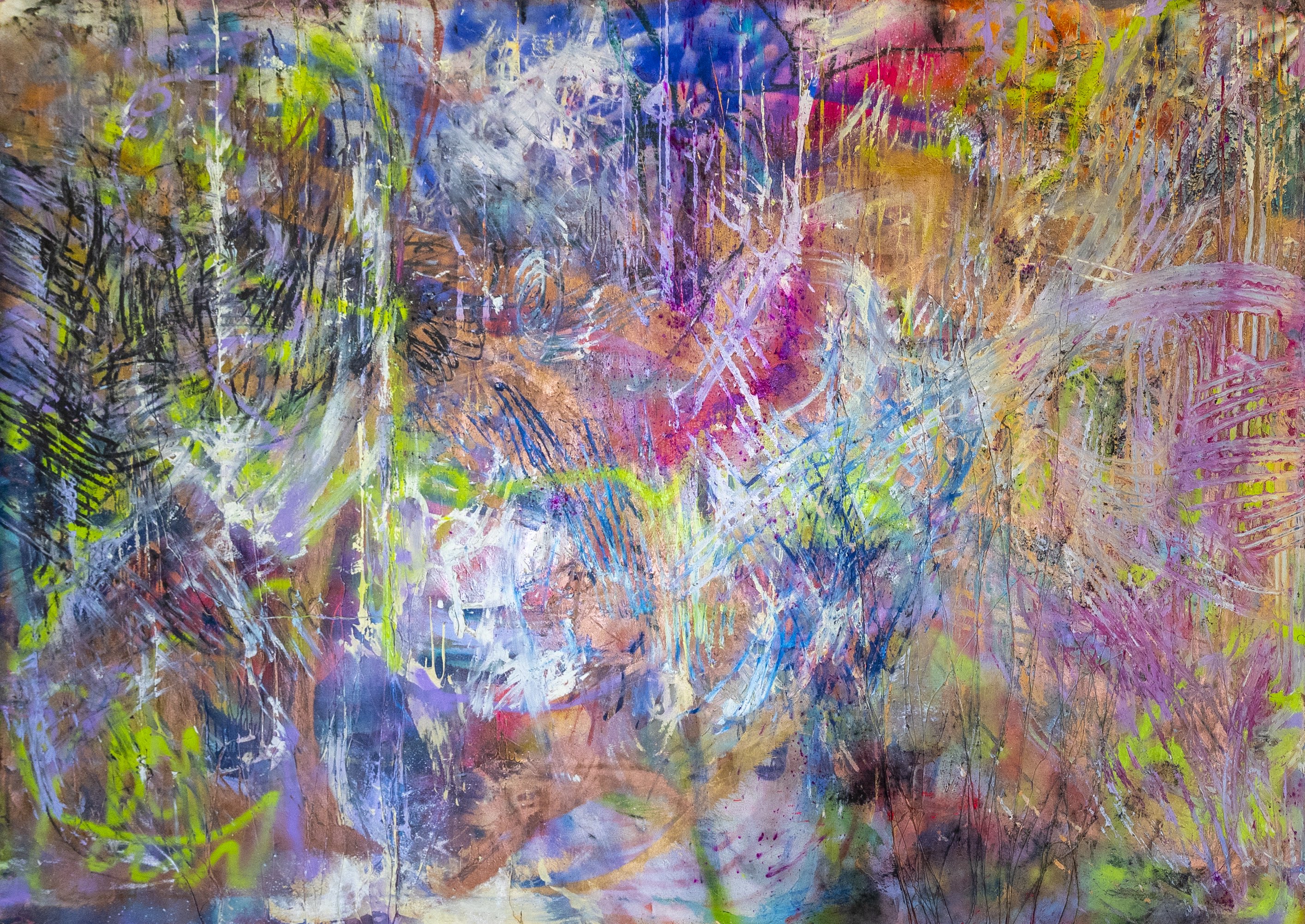
Can you describe your biggest challenge so far in your career? How did you overcome it?
The biggest challenge I have had is navigating the business side of the art world. I have overcome it essentially through just having more experience. Learning how to become a better problem solver by not panicking and seeing opportunities in the various curve balls thrown at me or left turns I force myself, for creative purposes, to take.
Have you noticed any changes in the art industry? If so, what?
The art industry is moving onto the Internet more now than at any other point. Instagram is a platform which drives the sale of work in a way that never occurred online previously and brick and mortar spaces, while still important, are becoming less crucial.
I have also seen the shift towards artists intentionally creating content which will go viral, even if it is not substantial. I think this is dangerous and I think the disengaged viewer just scrolling through their Instagram feed looking for a hit of dopamine, has something to do with this.
If people don’t demand that art be nuanced or challenging then it won’t be, or at least the art that we elevate as a society won’t be. And I think that would be a shame because at its heart, good art is a lot more than just fluff and people deserve to be able to see that art and engage with it.
You’ve been granted the ability to send a message to 16-year-old you. What do you say?
Life gets better. The cool kids will actually grow up to be losers or basic (which is probably worse).
Do you have any advice for young people interested in doing your kind of job?
School is not necessary; while it can help, it can also stunt. Do not take on debt in order to go to art school, unless you want to become a professor - the debt will hurt you more than it will help you.
If anyone starts to tell you what your art should be, immediately ignore them. The best stuff comes from exploring what you are interested in, not what other people say you should be interested in.

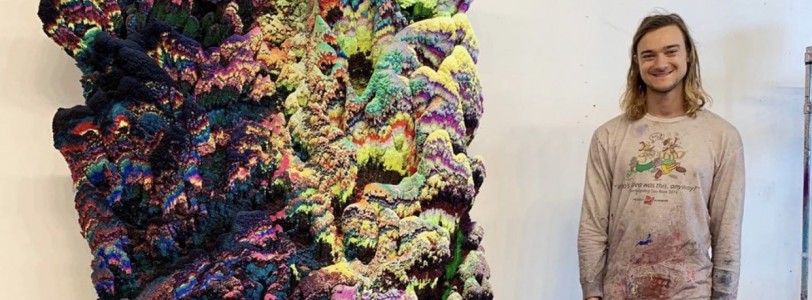
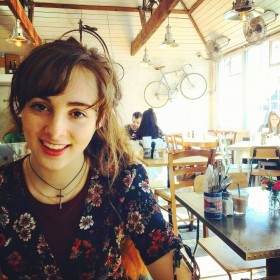
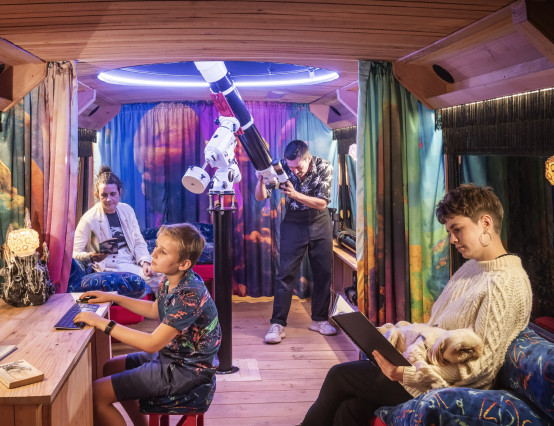
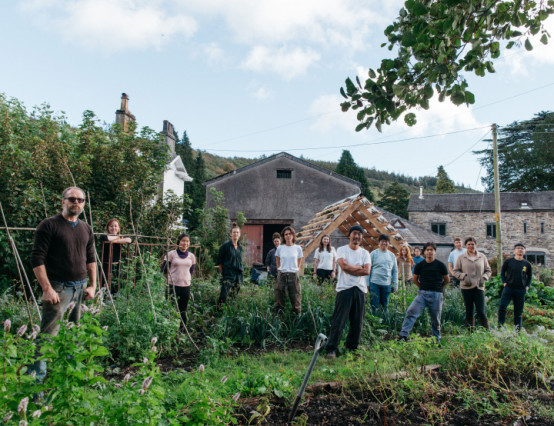
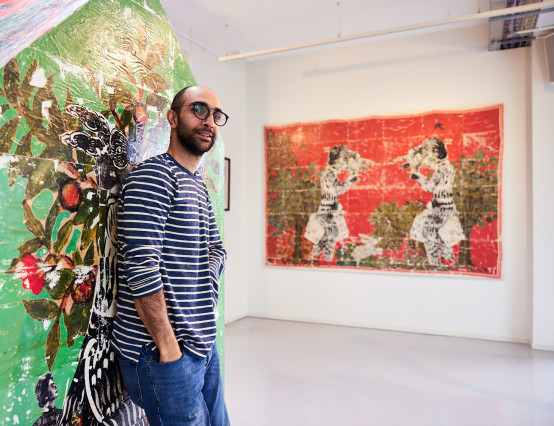



0 Comments